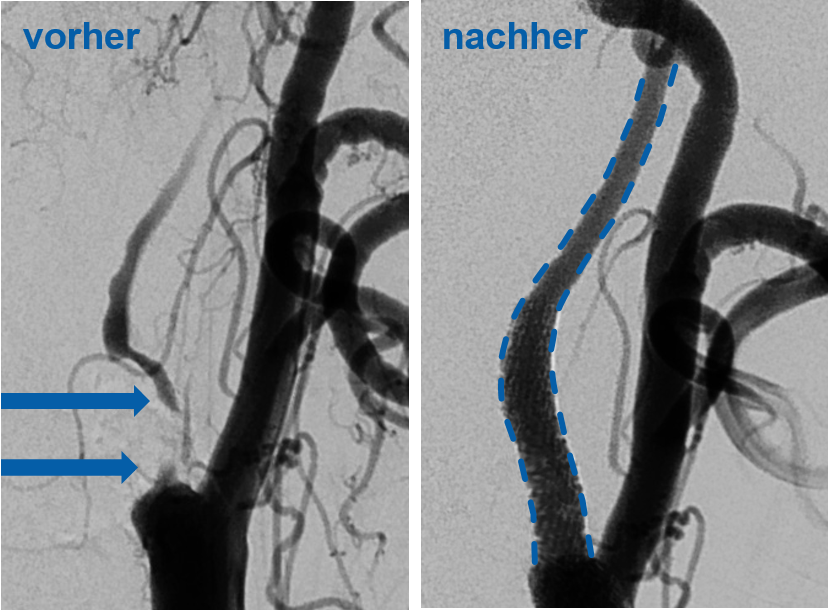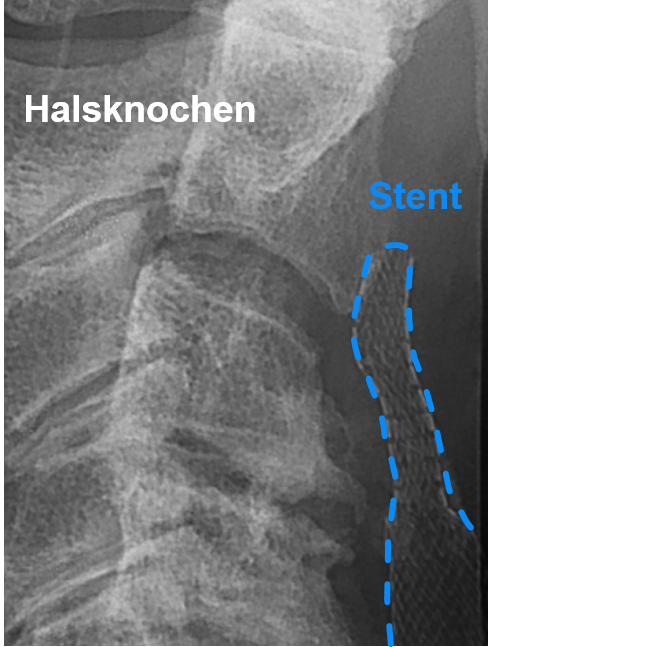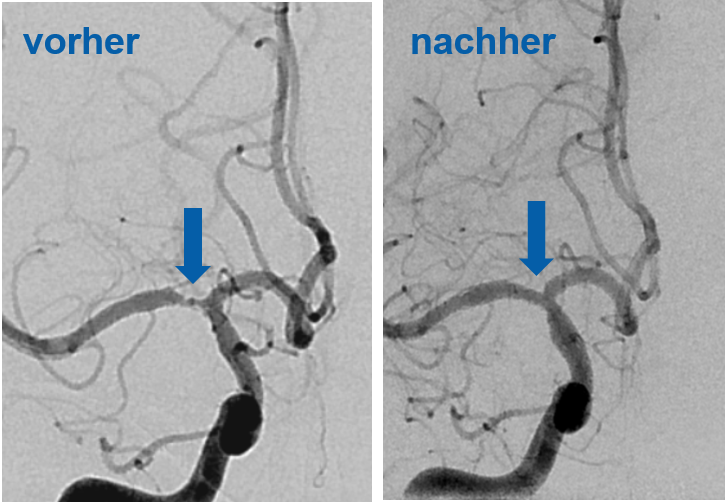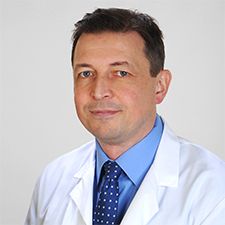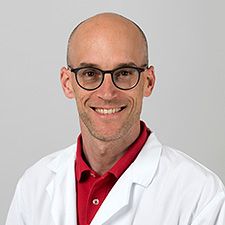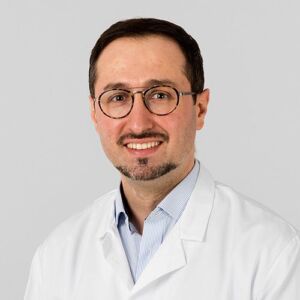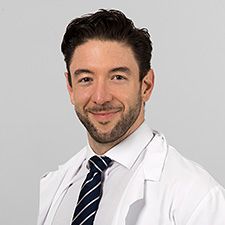The treatment options depend on the extent of the constriction, the clinical symptoms and any additional diseases present. For most cases, the treatment method is determined in a multidisciplinary meeting of specialists from neurosurgery, neurology and neuroradiology.
Our clinic specializes in the minimally invasive treatment of stenoses. This involves reconstructing the carotid and cerebral arteries via the carotid artery (endovascular) with the aim of improving blood flow to the brain and preventing strokes. Minimally invasive means that the blood vessel is not opened directly, but only a puncture of the leg artery in the groin or an artery in the upper arm or wrist is made. The diseased vessel is probed via this access using special catheters and materials. To widen the constriction, it is first dilated with a balloon catheter (angioplasty) and then supported with a mechanical scaffold made of a special metal alloy (stent).
